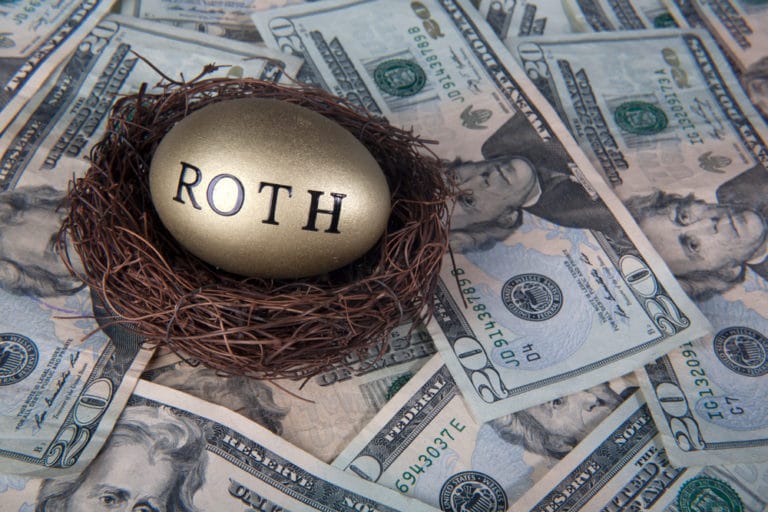Deciding which type of life insurance to purchase can be a confusing process. Term life? Variable life? Whole life? Universal life? What do these terms mean and which option is right for your situation? Here’s an introduction to the basic choices.
There are two main types of insurance: term and permanent. These two main alternatives differ on how long you are covered and whether or not the policy includes a cash value.
Term life insurance
Term life insurance is the simplest type of insurance. You buy a policy for a set number of years and you have coverage for those years. In general, your premiums will remain level for the term. If you die within the term, your beneficiaries will receive a death benefit. However, once the term ends, your coverage ends. Some policies are “guaranteed renewable.” This means that you can renew the policy for another term without having another medical exam, but your premiums will probably increase. Some term policies also allow you to convert a term policy into permanent insurance.
Term insurance is usually purchased to cover a short- to medium-term need, such as a mortgage or a child’s education. You can purchase level term insurance where the premiums and death benefit remain the same, but there are other options. If your need for insurance will decrease over time, you can purchase deceasing term insurance in which your death benefit is reduced over the term. Conversely, if your need for insurance will increase over time, you can purchase increasing term insurance in which your premiums and death benefit rise over the term.
Permanent life insurance
There are many different types of permanent life insurance (also called cash value insurance), but the four main types are whole life, universal life, variable life, and universal variable life. All permanent life insurance policies provide coverage for life (or for as long as you pay premiums). The other feature of permanent insurance is that in addition to paying a death benefit, the policy builds a cash value, which can be used as collateral for a loan or withdrawn from the account. A portion of your premium payments goes into a separate cash account that grows over time. Keep in mind, however, that loans or withdrawals will reduce your death benefit. You may have the option to add your cash value to your death benefit when you die, although you will probably have to pay more for this type of policy. In addition to the above, each of the following main types of permanent life insurance has its own specific features and variations:
Whole life insurance. With whole life insurance, you pay a set premium and receive a set death benefit. In addition, the cash value is guaranteed. Whole life insurance is a good option if you are looking for stability in premium payments, cash value, and death benefit.
Universal life insurance. Universal life insurance gives you the option of flexible premiums, cash value, and death benefit. The main feature of universal life insurance is that you can use any accumulated cash value to pay your premiums. You need to be careful, however, that you have enough cash value to skip premium payments or your policy will lapse. In addition, you can change the death benefit, although you may have to go through the insurability process again. Universal life insurance is a good option if you are worried about the ability to pay premiums in the future and want the ability to change your premiums and your death benefit.
Variable life insurance. Variable life insurance gives you the ability to invest your cash value. Your premium payments are level, but you can direct your cash value payments into subaccounts that are similar to mutual funds. Your cash value and your death benefit will vary depending on the performance of the accounts, although some policies may contain a guaranteed minimum for each. Variable life insurance is appropriate if you are using the policy as an investment and want to control your investment options. It is usually better for younger buyers who can afford to take more risks.
Variable universal life insurance. As the name suggests, variable universal life insurance combines the flexible premiums of universal life insurance with the investment choices of variable life insurance. There is no guaranteed minimum cash value, but most policies have a minimum guaranteed death benefit provided you pay the premiums for a set number of years. Like universal life insurance, you may be able to change your death benefit, but you will have to go through the insurability process again. Variable universal life insurance is a good option for young purchasers who want an investment option and flexibility with premium payments.







